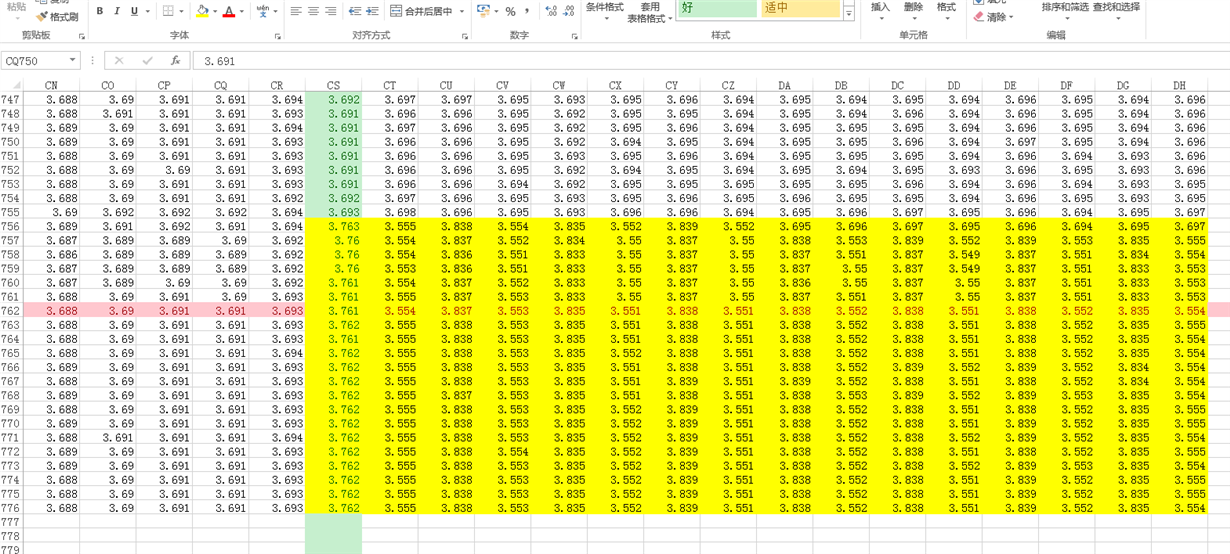Dears,
We use 6PCS bq76pl455a series connection in one battery PACK,for EV BMS application.
We find through the MCU,each pcs BQ76PL455A have different cell voltage output,so we test REF value at 67 PINS,the test value is 2.496~2.5V,the test value is bigger than datasheet said as below:
so we can not get a normal Vref as cell sampling.
Pls help to give us some suggestion how to fix this REF value ?thanks!



